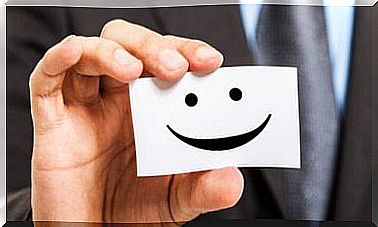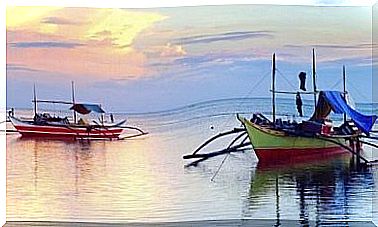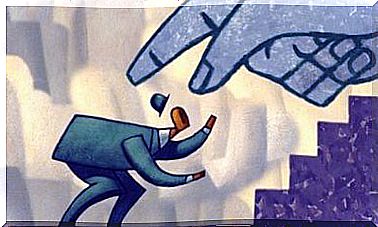Situational Awareness, A Resilient Strategy

Situational awareness defines an exceptional capacity for survival, resilience and resilience. It consists in drawing a mental map to understand where we are, what surrounds us and what are the challenges that lie ahead. Furthermore, this highly sophisticated skill allows us, above all, to clearly assume what is happening so that we can devise a coping plan.
Many will think that this feature is proper to any superhero or scout. However impressive it may seem, we are all capable of developing this series of remarkable cognitive processes. In psychology, it is known that human beings are capable of incredible processes, that they can be trained to make better decisions and take control in times of crisis.
Also, an interesting thing to consider is that the “awakening” of situational awareness is a very valuable strategy at the moment. In complex times, marked by changes and challenges, the brain needs more than ever to know how to act in the face of current uncertainty and possible crossroads we may encounter.

Situational awareness: what is it and how to develop it?
When people face stressful times, something remarkable happens that we barely notice. Difficulties tend to reduce awareness and focus on fear. They focus all their energies on increasing worries. Almost without realizing it, we are suspended on a small island in the middle of an ocean of anguish. We are unable to see beyond the very limits of this complicated situation.
Situational awareness is like taking a step back, looking up and noticing everything around us. It’s lifting your face so that the breeze cools us, seeing what’s ahead of us, and considering the opportunities we have. Thus, a large part of the resilient attitude needs this ability that, when going through adversity, acquires new survival skills.
Currently, a large part of this dimension is applied mainly in the military field and, in particular, in aviation. One of the most notable figures in this area is the Spanish pedagogue María Gabriela López García, a pioneer in the use of neurofeedback to teach this cognitive technique. However, it should be noted that this feature has also aroused interest in psychology. Let’s see how to develop it.
Awaken all your senses, perceive and be aware of everything around you
The first step in activating situational awareness is knowing where we are. Now, in the field of psychology, we are not referring to a specific physical space that you can, for example, locate on a map. We speak of the vital point marked by the here and now, by the present experience.
To find it, it will be helpful to ask the following questions:
- How am I feeling right now?
- What triggered this state of mind?
- What do I think about how I feel? Would I like to feel different?
- What kind of context does it contain? Is it favorable or is there some kind of threat? What potential or hopeful aspects does it present?
- What kind of people surround me? Do they make me happy?
Mental representation and pattern recognition
The next element to train is mental representation. It consists in drawing a kind of mental map that allows us to have a better perspective on things. In what way? Compare what we live here and now with our past experience, with the lessons learned in our life cycle.
The brain is often pattern driven. Our knowledge and past experiences draw mindsets to help us react to current challenges. We all have a personal journey, a past that shapes who we are today. To delimit this mental representation, clarifying the following aspects can help us:
- What are my values? Am I acting on them right now?
- If you are going through an adverse situation, what are the triggers?
- One of the patterns that defines us is personality, in addition to attitude and coping skills. Are they suitable for the current situation? Have they served me in the past? Should I change something to adapt to the environment around me?

situational awareness: projection
Situational awareness starts from a key element: assuming that the present is full of challenges and that we must be constantly updating ourselves. The current preparation will allow us to face the future in a better way. The mind must deal with the experience of the past, be aware of every happening in the here and now and, in turn, glimpse what the challenges are on the horizon.
It is necessary to combine inner calm with intuition. It is necessary to learn to calm fear, manage stress to open up our awareness, broaden our focus and project adjusted goals for tomorrow. Developing an attentive and relaxed look takes time, as current uncertainties and problems can dampen spirits and even hope.
However, nothing is as important as positioning ourselves in what we want to achieve, in our values and in the need to surpass ourselves every day. The future is a cloudy dimension that is being defined as we move forward with confidence and a well-calibrated internal compass.
Knowing where we are and where we want to go is always the best starting point.








